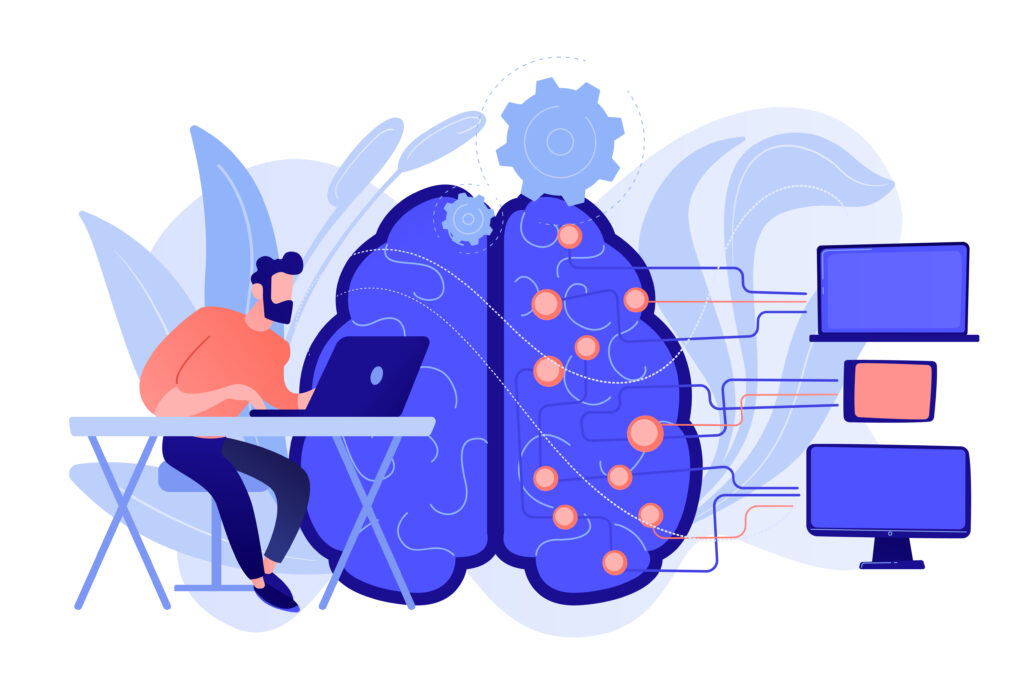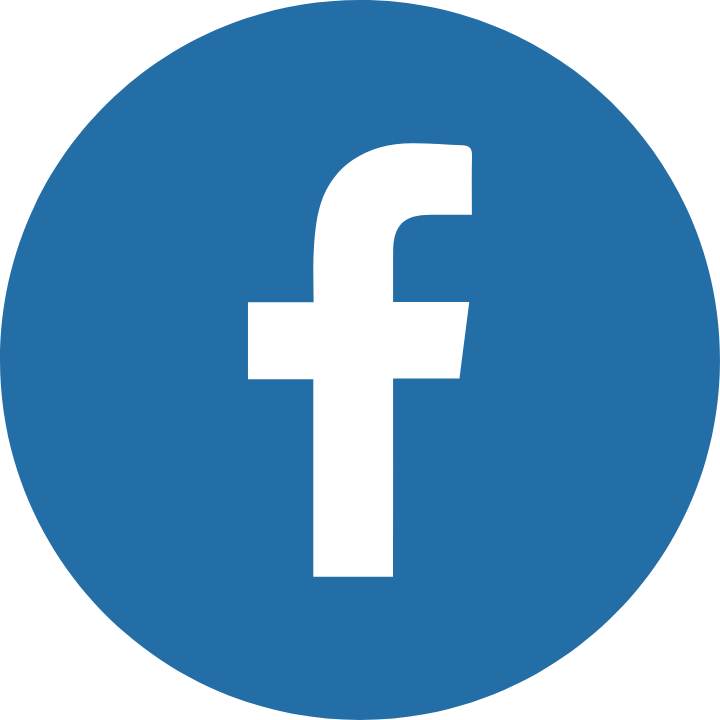Table Of Content
Feature engineering for ML is critical when creating your machine learning use case.
When creating a machine learning use case, a key aspect is optimizing features and their correlations to build a top-notch AI system that creates a real differentiator.
Enterprises require engineering skills and a tremendous amount of high-quality data. But even having data is not enough. Feature engineering plays a big role when designing machine learning models, and it’s a good topic for business and engineering teams to discuss. Developing an ML model that can create the data relationships between strong and weak features requires certain fundamental techniques.
Even if companies can buy prebuilt machine learning standard services, creating specific AI products requires good feature engineering. Creating all these feature correlations is therefore critical for building really innovative products.
What Is Feature Engineering for Machine Learning?
What is a feature in machine learning? Features are the attributes or characteristics of data that represent the problem of the machine learning use case. They act as input and contribute to the machine learning model prediction.
Feature engineering is a process for creating features that are relevant and useful for training the machine learning model. Features are created from raw data combined with existing features, adding more variables and signals to improve the model’s accuracy and performance.
Features are created by transforming raw data from audio, video, images, text, and other files before training the model or within the model (part of the model code). You can also create features from other existing features using domain knowledge, selecting a subset of a larger dataset or aggregating values of multiple features. The approach to when and how to transform the data depends on the business problem, the model type, and the variety of feature transformations.
Other considerations include whether serving online or in batch, mandatory transformations, risks of introducing skews, the kind of transformation (numerical or categorical), and transformation techniques (normalization, bucketing, etc.).
Feature engineering is a process that starts manually and can be accelerated by adding automated feature engineering tools and techniques.
Machine Learning Models
An ML model is a program that runs an algorithm on a dataset to recognize patterns to learn (train) and reason (logic) from that data to create an output or prediction.
Feature Engineering Steps
1. Understand the problem and data availability to determine useful features
2. Explore data to learn about its relationship and patterns
3. Brainstorm and test features
4. Create new features from insights gained through data exploration
- Feature Transformation
- Feature Extraction
- Feature Selection
- Feature Scaling
5. Validate the model using new features and identify irrelevant ones
6. Optimize features by iterating until improving performance
7. Select the final set of features that fit the model
8. Deploy the model in the production environment
Feature Extraction in Machine Learning
Feature extraction in Machine Learning (ML) refers to selecting relevant features from raw data and converting them through mathematical transformations and scaling or normalizing techniques.
Krasamo is a software development company based in Dallas, Texas, with more than 12 years of experience in IoT, mobile, and machine learning development. Get in touch and schedule a discovery call with our AI consultants to see how Krasamo can meet your business needs.












0 Comments